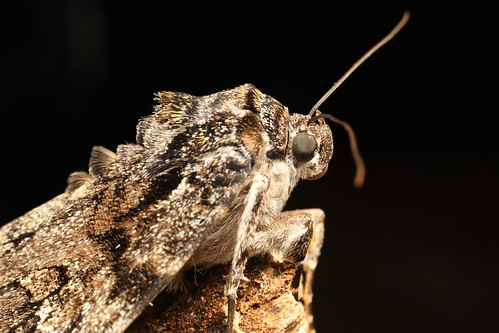არცთუ იშვიათი ჩრჩილი, მაგრამ გამორჩეული გარეგნობის. Ეს არის კატოკალა ილია (არებედები) ((ადრე Noctuidae)), და იკვებება მუჭა მუხაზე. ის ჩემს შუქზე გამოჩნდა შაბათ-კვირას სამხრეთ ილინოისში, ცრემლების ბილიკზე სახელმწიფო ტყეში. როგორც ბევრ სხვა თითს, ამ ფართოდ გავრცელებულ სახეობას აქვს მრავალი ვარიაცია, რომელიც შეიძლება იყოს განსხვავებული – სახეობის მონოგრაფიას ელოდება…
მე ახლა დავაფიქსირე თითის რამდენიმე ლამაზი სურათი, ამიტომ ველით ორშაბათს! (მიუხედავად იმისა, რომ ეს პარასკევია).


How can I resist a post title such as yours? A monograph? Whom, pray-tell, might be publishing such a useful work? =)
Ignoring the otherwise very moth-y appearance of your highlighted moth, in isolation, it’s antennae would certainly have me scratching my head when going through my VERY crude “moth-or-butterfly” examination. ასე რომ,, are the tips of the antennae the same width as the rest, generally, no bulb or some such? And feel free to edify if I’m off base. =) I know if I see feathered I think moth, and if I see a bulb or other larger-then-rest-of-antennae blob at the terminus, I think butterfly. Can you clarify/correct/confirm that and apply to this individual?
მადლობა, and looking forward to subsequent posts.
ugh, WHO, not whom. pardon. =)